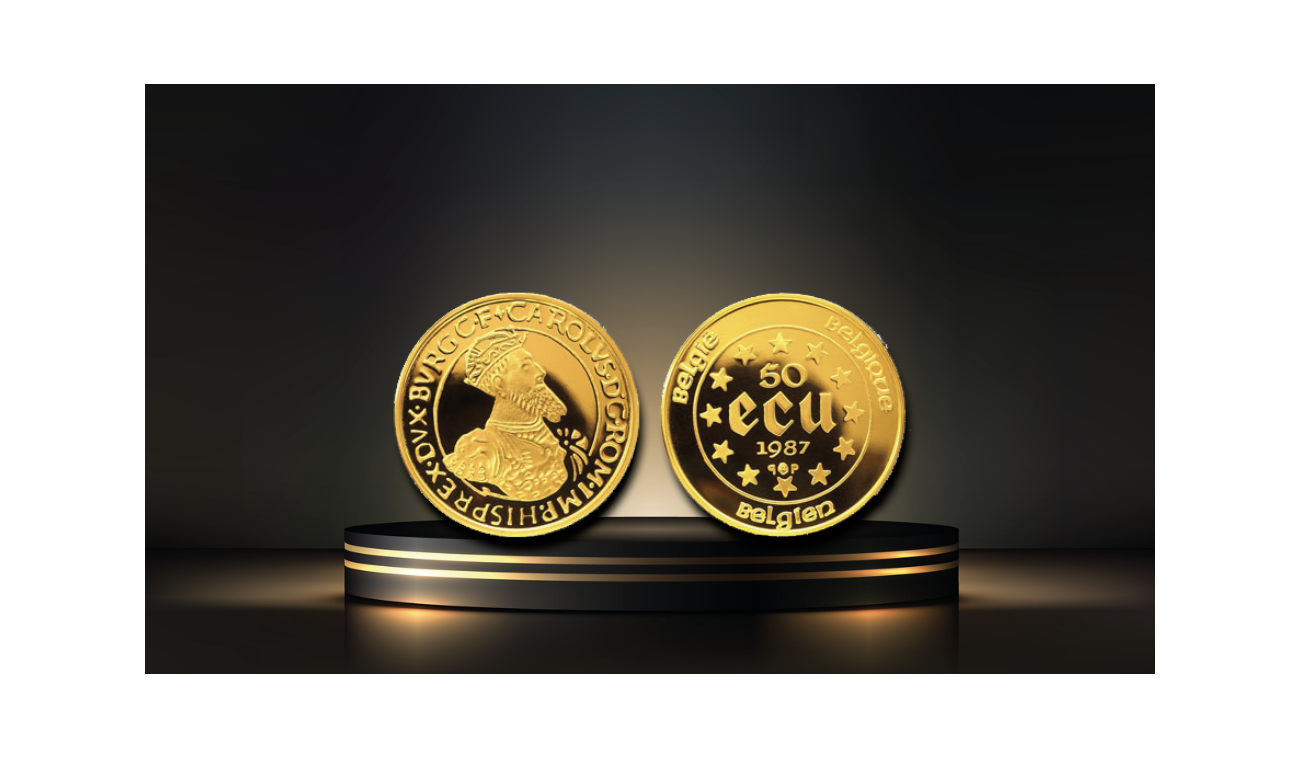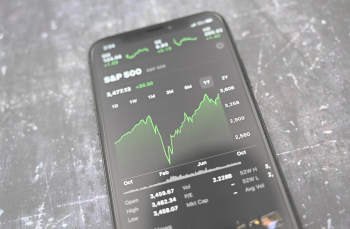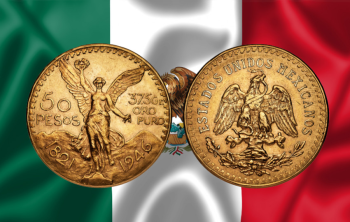News
See all
Here you will find important information on economic and financial news as well as information that may have an impact on your investments in gold or foreign currencies
2025-03-05
March 2025: Market Shift
The S&P 500 is showing signs of exhaustion, while Europe and China are benefiting from renewed investor interest. Uncertainty surrounding Donald Trump’s return to the White...
2025-03-03
Record gold surge in 2025: key factors, risks of the...
Since the beginning of 2025, the gold market has experienced a significant increase, reaching record levels. Several factors have contributed to this bullish trend,...
2025-02-26
The 50 Peso Mexican Gold Coin: A Tribute to the Aztec...
The Mexican 50 Peso is probably the most iconic coin of Mexico. First minted in 1921, this coin commemorates the centenary of independence and embodies Mexico’s cultural and...
2025-01-13
Market outlook 2024 - 2025 according to Bertrand Veraghaenne
Bertrand Veraghaenne: more than 25 years of expertise in the financial markets






